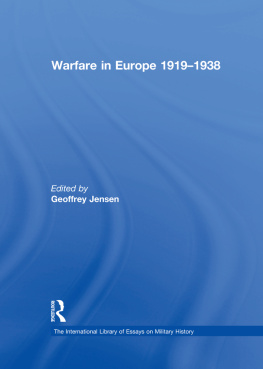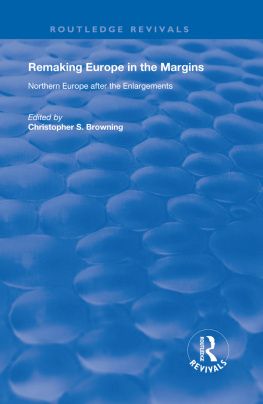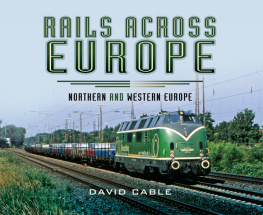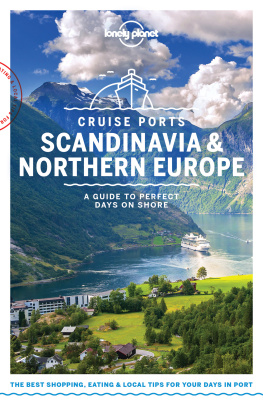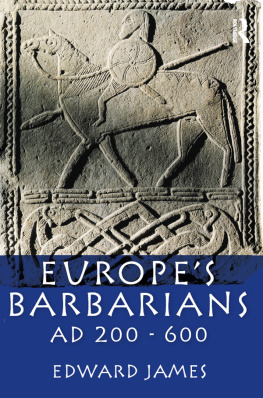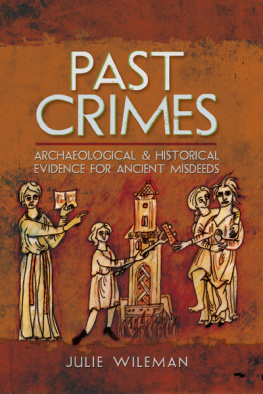First published in Great Britain in 2014 by
PEN & SWORD ARCHAEOLOGY
an imprint of
Pen and Sword Books Ltd
47 Church Street
Barnsley
South Yorkshire S70 2AS
Copyright Julie Wileman, 2014
HARDBACK ISBN: 978 1 78159 325 7
PDF ISBN: 978 1 47383 647 1
EPUB ISBN: 978 1 47383 471 2
PRC ISBN: 978 1 47383 559 7
The right of Julie Wileman to be identified as the
author of work has been asserted by her in accordance
with the Copyright, Designs and Patents Act 1988.
A CIP record for this book is available from the British Library
All rights reserved. No part of this book may be reproduced or transmitted
in any formor by any means, electronic or mechanical including photocopying,
recording or by any information storage and retrieval
system, without permission from the Publisher in writing.
Printed and bound in England
by CPI Group (UK) Ltd, Croydon, CR0 4YY
Typeset in Times New Roman by
CHIC GRAPHICS
Pen & Sword Books Ltd incorporates the imprints of
Pen & Sword Archaeology, Atlas, Aviation, Battleground, Discovery,
Family History, History, Maritime, Military, Naval, Politics, Railways,
Select, Social History, Transport, True Crime, and Claymore Press,
Frontline Books, Leo Cooper, Praetorian Press, Remember When,
Seaforth Publishing and Wharncliffe.
For a complete list of Pen and Sword titles please contact
Pen and Sword Books Limited
47 Church Street, Barnsley, South Yorkshire, S70 2AS, England
E-mail:
Website: www.pen-and-sword.co.uk
Chapter 1
Northern Europe before the Romans
Were prehistoric people waging war upon each other? As human species spread into Northern Europe, making stone tools for their hunting and fishing, and using caves and rock shelters to protect themselves from the cold, did they also use those tools to kill other people? When the last Ice Age slowly began to retreat, small human groups began to move northwards, across bleak and cold tundra lands, full of bogs and lakes, following the herds of primeval cattle, elk and deer, musk ox and mammoths. Perhaps groups of no more than a dozen closely related people struggled for existence in this cruel climate; when one group were lucky enough to kill a large beast after days of careful stalking, bringing it down at the risk of their own injury from flailing hooves and horns, they could look forward to at least a week of food, as well as a harvest of skin, bones and tendons, to turn into clothing and tools. But what if another group chanced upon them, as they butchered their kill a group that had been less fortunate? Did the hunters share the bounty, or did they turn their stone-tipped spears on the newcomers, to protect their own survival?
There is a great deal of information about the classical world of the Greeks and the Romans, especially about their armies and battles, armour and weapons. Most people have some idea what a Greek warrior or a Roman legionary looked like, and they have heard of the Trojan Wars, or the Punic Wars of the Romans against Hannibal and the Carthaginians. At best, though, for many, their idea of a warrior from Northern Europe at the same periods is simply an uncultured barbarian savage, dressed in animal skins as like as not, covered in tattoos perhaps, whose notion of war was simply to run screaming into attack, with no idea of tactics or strategy. This book is intended to counter such perceptions and show, with the evidence recovered from archaeology, that warriors of Northern Europe in the classical period could be as sophisticated and resourceful as those of the Mediterranean lands. But we will start much earlier, and try to trace the development of warfare in the north back to the Stone Ages and then down through the centuries.
Before Northern Europe felt the influence of the classical civilisations of the Mediterranean, there had been thousands of years of regional development and change that saw the rise of many very different societies, technologies and beliefs. But the peoples of the north did not develop writing theirs was a purely oral tradition of history, legend and knowledge, passed down through the generations in stories and songs. While we know (or think we know) a great deal about the Romans, the Greeks, the Egyptians, and even before them, the civilisations of ancient Mesopotamia, through the clay tablets, inscriptions and ancient scrolls which have survived, we do not have any such resource for the regions that would become Britain, France, Germany and so on. For the Romans, such a lack of written information made the northern peoples barbaric, uncivilised and therefore ripe for conquest.
In fact, we know that this was not true the northern peoples had developed a very complex set of beliefs, technologies and skills, equally as advanced as those of the Romans, and in some cases even more sophisticated. But how do we know this without any written proof? There are some writings we can call upon those of the Greeks and the Romans themselves when they described the northern tribes, and those which come from preserved traditions outside Roman influence, such as the sagas and stories of the Irish which help to illuminate at least some of the later part of what we call prehistory. But before these few records were written, there are centuries without any such evidence. Therefore, what we know must depend on the researches carried out by archaeologists.
Modern archaeology is a far cry from the simple digging for treasure approach of the original antiquarians of previous centuries. There is now a vast battery of scientific and survey techniques available to help investigate the smallest detail of past lives, and more developments are happening all the time.
Archaeological methods
We can record the landscape in minute detail, both on and below the ground, using ground-penetrating radar, lidar scans (which can view the surface of the ground in detail through veiling features such as trees and crops), magnetometry and resistivity equipment (geophysical ways to record changes in the magnetic or electrical profiles of the soil caused by the presence of walls, ditches, hearths etc), analysis of macro- and micro-fossils (plant remains, animal remains, organisms such as tiny snails that live in very specific environments and so on) and soil chemistry that records climate change, plant cover, and land use at specific periods of the past. We can recreate houses and tools experimentally and then test them against the physical evidence of their forms and uses. We can analyse the use of pots, tools and weapons it is possible to find out exactly where a pot was made, and what it last contained, through analysis of the components of the clay and other materials that went together to make the pot, and the invisible residues of foods and drinks it once held. We can tell what a flint blade was used for whether it was employed for cutting bone or wood or grass by the microscopic scars left on the surface of the stone during the action of cutting these different materials.
We can even find out a great deal about individual human beings: their sex and age (by studying their bones), where they originally grew up (by looking at the elemental traces found in their teeth which can be matched to specific regions), their ethnicity and family relationships (through their DNA and blood groupings), what sort of diet they enjoyed (from trace elements in their skeletons), what sort of illnesses or injuries they had suffered from (and sometimes even the medical treatments they employed to cure these), and in many cases, how they died.


